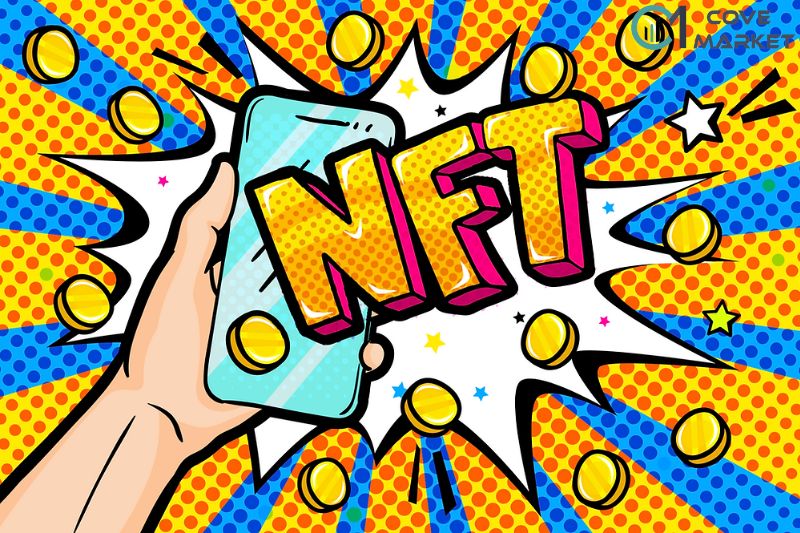If you’re wondering what an NFT is, or whether non-fungible tokens are a good investment, this blog post of Covemarkets is for you. Learning about what is an nft, the advantages and disadvantages of NFTs and how NFTs work will help you to have more knowledge to decide whether to invest in NFT or not.
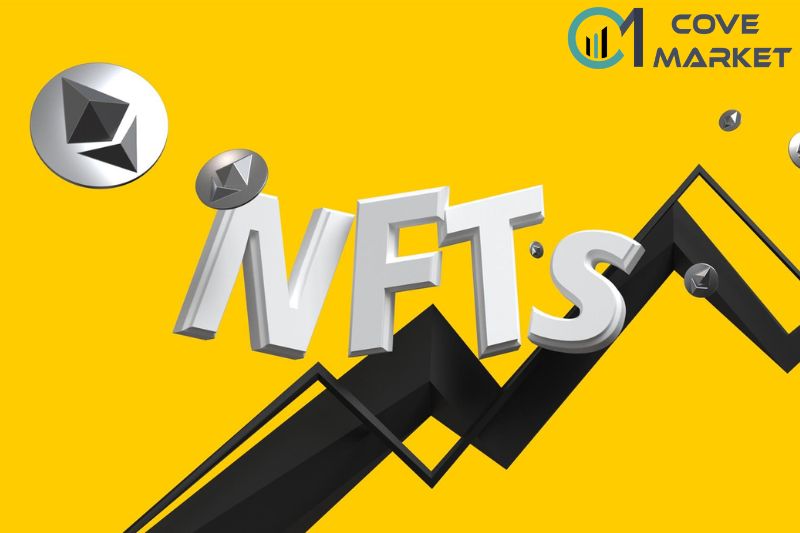
What Is an NFT? What Does NFT Stand For?
An NFT is a digital asset that can include art, music, in-game goods, movies, and other media. They are purchased and traded online, usually using cryptocurrency, and are typically encoded using the same underlying software as many cryptos.
Despite the fact that they have been present since 2014, NFTs are gaining popularity as a popular means to purchase and sell digital artwork. The market for NFTs alone was approximately $41 billion in 2021, which is approaching the whole value of the worldwide fine art industry.
NFTs are also generally one of a kind, or at least one of a very limited run, and have unique identifying codes. “Essentially, NFTs generate digital scarcity,” explains Arry Yu, managing director of Yellow Umbrella Ventures and head of the Washington Technology Industry Association Cascadia Blockchain Council.
This is in sharp contrast to the vast majority of digital inventions, which are virtually invariably endless in quantity. Cutting down supply should theoretically increase the value of a particular asset, if it is in demand.
Famous digital artist Mike Winklemann, better known as “Beeple,” constructed a composite of 5,000 daily drawings to create possibly the most famous NFT of 2021, “EVERYDAYS: The First 5000 Days,” which sold at Christie’s for a record-breaking $69.3 million.
Anyone may view the individual images—or even the complete collage of images—for free online. So why are people willing to spend millions of dollars on something they can easily screenshot or download?
Because an NFT permits the buyer to retain ownership of the original item. Furthermore, it includes built-in authentication, which acts as evidence of ownership. Collectors appreciate “digital bragging rights” nearly as much as the thing itself.
Why are NFTs Important?
Non-fungible tokens are a development of cryptocurrency’s very straightforward notion. Modern financial systems are made up of complex trading and financing systems for many asset kinds, such as real estate, lending contracts, and artwork. NFTs advance the reinvention of this infrastructure by enabling digital representations of physical assets.
To be clear, neither the concept of digital representations of physical goods nor the application of unique identification is revolutionary. When these ideas are joined with the advantages of a tamper-proof blockchain of smart contracts, they create a powerful force for change.
The most evident benefit of NFTs is market efficiency. Converting a physical item to a digital asset simplifies operations and eliminates intermediaries. NFTs that represent digital or real artwork on a blockchain eliminate the need for agencies and let artists communicate directly with their consumers.
They can also be used to enhance company operations. An NFT for a wine bottle, for example, will make it easier for different players in a supply chain to communicate with it and will aid in tracking its provenance, manufacturing, and sale throughout the whole process. Ernst & Young, a consulting firm, has already devised such a solution for one of its customers.
Non-fungible tokens are also good for identity management. Consider the case of physical passports that need to be produced at every entry and exit point. By converting individual passports into NFTs, each with its own unique identifying characteristics, it is possible to streamline the entry and exit processes for jurisdictions. Expanding this use case, NFTs can serve an identity management purpose within the digital realm as well.
How Is an NFT Different from Cryptocurrency?
NFT is an abbreviation for non-fungible token. It’s constructed using the same code as cryptocurrencies, such as Bitcoin or Ethereum, but that’s where the similarities end.
Physical money and cryptocurrencies are “fungible,” which means they may be swapped for one another. They’re also worth the same amount—one dollar is always worth another dollar, and one Bitcoin is always worth another Bitcoin. The fungibility of cryptocurrency gives it a reliable method of executing blockchain transactions.
NFTs are distinct. Each contains a digital signature that prevents NFTs from being swapped for or equivalent to one another (hence, non-fungible). Because they’re both NFTs, one NBA Top Shot clip isn’t the same as EVERYDAYS. (For that matter, one NBA Top Shot footage isn’t necessarily comparable to another NBA Top Shot clip.)
Second, NFTs are often used to represent digital assets, such as artwork, while cryptocurrency is used as a means of exchange. CryptoKitties, one of the first and most popular NFTs, are digital cats that can be bred, traded, and sold. Unlike cryptocurrencies, which are primarily used as a form of payment, NFTs are used to represent ownership of digital assets.
Finally, NFTs are stored on a blockchain, while cryptocurrency is stored in a digital wallet.
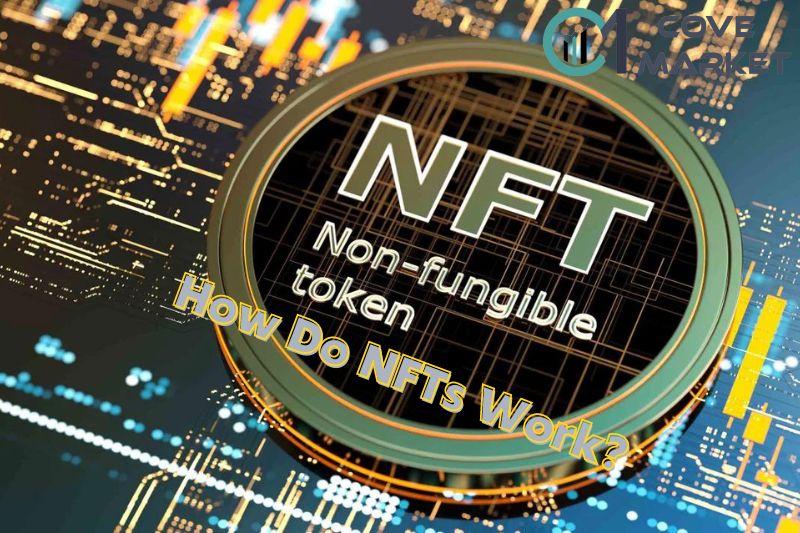
How Do NFTs Work?
NFTs exist on a blockchain, which is a distributed public ledger that records transactions. You’re probably most familiar with blockchain as the fundamental technique that allows cryptocurrencies to exist. NFTs are primarily kept on the Ethereum blockchain, while other blockchains support them as well.
An NFT is formed, or “minted,” using digital objects that represent both tangible and intangible elements, such as:
- Collectibles
- Virtual avatars and video game skins
- Designer sneakers
- Music
- Grafic art
- GIFs
- Videos and sports highlights
Tweets are also considered. Jack Dorsey, co-founder of Twitter, sold his first tweet as an NFT for over $2.9 million. NFTs are essentially digital versions of tangible collector’s artifacts. Instead of a physical oil painting to put on the wall, the customer receives a digital file.
They will also have sole ownership rights. NFTs can only have one owner at a time, and using blockchain technology makes it simple to verify ownership and transfer tokens between owners. The creator can additionally store special information in the metadata of an NFT. Artists, for example, can sign their work by inserting their signature in the file.
What Problem Does NFTs solve?
NFTs can help to solve a number of problems, including:
- They can help to reduce fraud and counterfeiting, as each NFT is unique and can be easily verified.
- They can help to increase trust and confidence in digital assets, as they provide a way to verify ownership and authenticity.
- They can help to streamline transactions and reduce costs, as they can be easily transferred and stored electronically.
- They can help to promote creativity and innovation, as they provide a new way for artists and creators to monetize their work.
- They can help to build new markets and industries, as they provide a new way to create and trade digital assets.
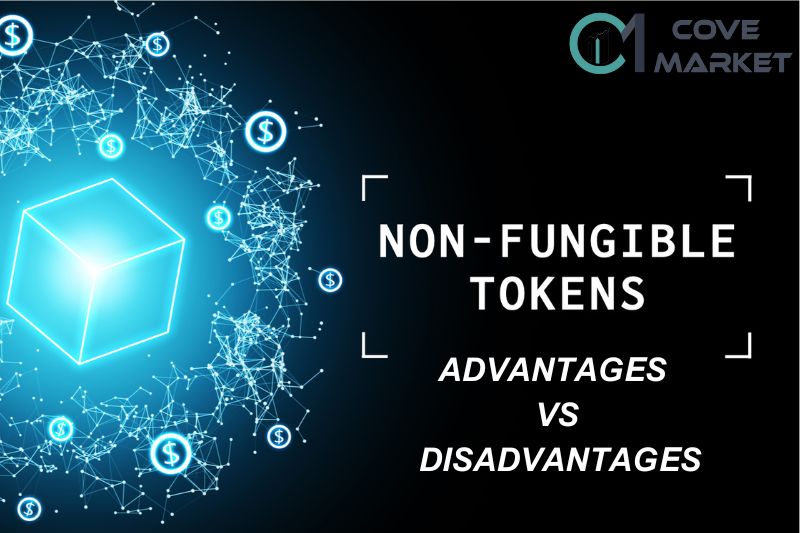
Advantages and Disadvantages of Non-Fungible Tokens
The Advantages of NFT
The following are some advantages collectors look for when purchasing non-fungible digital artwork:
- Increase in Market Value
When you buy these tokens, your money, like any other investment, has the potential to rise in value. On July 6, 2017, for example, CryptoPunk #3100 was first auctioned for $2,127. Despite receiving multiple bids, the artwork’s owner refused to sell until March 2021. Nonetheless, considering the more than $7.5 million return on investment they earned when they sold, that collector is probably doing backflips.
- Possession of a One-of-a-Kind Item
These digital gems are non-fungible, which means they cannot be replaced. It’s a great feeling to know you own a one-of-a-kind object, whether it’s a painting, a piece of furniture, or a digital image, audio clip, or other digital assets.
- Excitement
Blockchain technology is now creating a lot of buzz. Some expect that technology will have the same influence on consumer behavior as the Internet did. That’s an intriguing idea, and by acquiring an NFT, you’re actively contributing to technical progress.
- Data Record
Maintaining records of authenticity and chain-of-ownership for priceless artwork appears to be difficult at times. Because NFTs exist on the blockchain, there are clear ownership records for all of them, which means your digital artwork should never be stolen or its legitimacy questioned. The technology has ultimately grown into a better means to manage and handle important data and records, not only as a tool to manage digital treasures.
The Disadvantages of NFT
It’s impossible to dispute that NFTs are fascinating. However, there are serious drawbacks to investing in them. Here are some of the most serious drawbacks:
- Impossible to Digitize Physical Art
The motives for owning physical art and digital art are frequently different. Physical art cannot be digitized. Seeing a one-of-a-kind picture with your own eyes has an attraction that these tokens can’t match.
- Value Uncertainty
NFTs are perplexing assets, even for specialists. When you buy one of these non-fungibles, you aren’t necessarily buying the art’s copyright. People may still locate copies of the work for which you hold the token on the Internet, and there’s nothing stopping them from copying and pasting these files into social media, effectively showing off and sharing something you may have spent millions for.
- Environmental Expense
The environment has recently become a hot topic of debate. Any record added to the Ethereum blockchain needs a substantial amount of computing, which costs a big amount of energy. As a result, mass trading in NFTs and other blockchain-based assets isn’t necessarily a green process. Because of the amount of energy needed, practically everything associated with blockchain is unsustainable from an environmental standpoint.
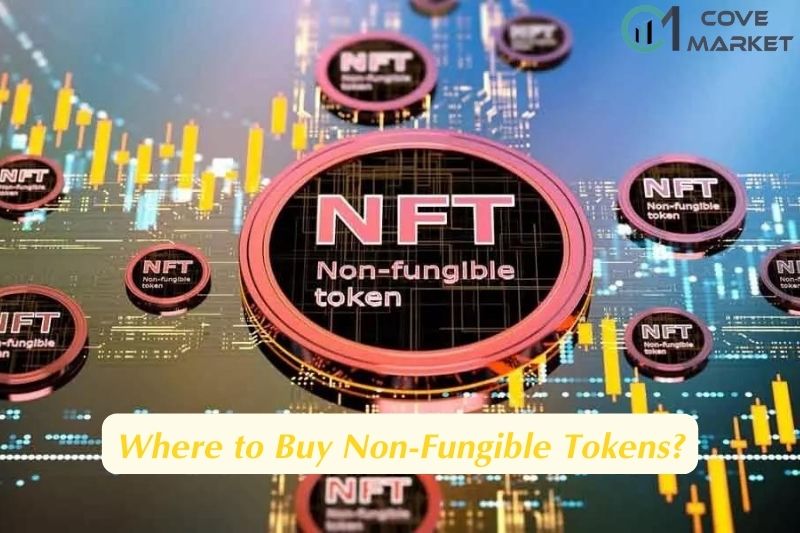
Where to Buy Non-Fungible Tokens?
If you want to buy non-fungible tokens, the best place to start is a reputable cryptocurrency exchange. Some of the most popular exchanges that list NFTs include Binance, Coinbase, and Gemini.
Once you have found an exchange that supports NFTs, you will need to create an account and deposit funds into your account. Once your account is funded, you can then browse the exchange’s selection of NFTs and select the one you want to purchase.
When buying non-fungible tokens, there are a few things you should look for to ensure you are getting a good deal. First, you want to make sure the NFT you are considering is listed on a reputable exchange.
You also need to check the price of the NFT you are considering buying. The price of NFTs can vary significantly from one exchange to another. As such, it is important to compare prices across multiple exchanges before making a purchase.
Finally, you want to make sure the NFT you are considering buying is backed by a credible project. There are a lot of scams in the NFT space, so you want to make sure you are buying an NFT that is backed by a legitimate project.
How to Buy NFTs
NFTs can be purchased, sold, traded, and created via internet exchanges or marketplaces. The creator or current owner may choose a price. Alternatively, there may be an auction in which you must bid on the NFT.
- OpenSea: One of the first and largest marketplaces where you can find NFTs for a wide-range of collectibles.
- Rarible: Offers a range of NFTs with an emphasis on art. Uses its own RARI token to reward members.
- SuperRare: A marketplace that focuses on curating and offering digital art.
- Foundation: A community-curated marketplace that requires creators to be invited by other creators who are already part of the platform.
- Nifty Gateway: An art-focused marketplace that works with big-name brands, athletes, and creators.
Depending on the marketplace, the sign-up process may differ. NFTs are often purchased using a cryptocurrency, such as ether (Ethereum’s native coin), however the price may be listed in dollars as well. Depending on the marketplace, each transaction may have a distinct set of costs.
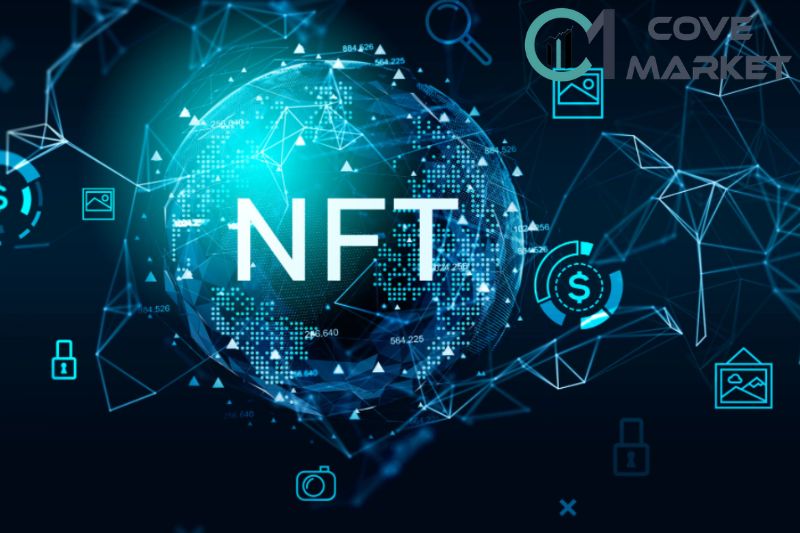
Where to Store Non-Fungible Tokens?
Most common ways to store NFTs
- Software Wallets
Setting up an online software wallet is relatively easy, even for newbies and non-techie users. This user-friendly interface makes software wallets the most popular choice when it comes to storing digital assets.
There are plenty of software wallet options in the NFT space, and most of them have both mobile and web applications.
A software wallet like Metamask, which is simple to set up, is regarded standard security for your NFTs. Metamask transactions are encrypted and secured by a password and a 12-24 word seed phrase, and are exclusively available as a Chrome application. It is compatible with DeFi and Ethereum.
Solutions like Metamask are online and, therefore, vulnerable to hackers’ attacks. They have previously been hacked and may be compromised in the future. Always watch out for the original and approved application, as many fake Metamask apps have tricked users in the past.
Enjin wallet, with a market cap of $10.3 million, is yet another software solution for storing crypto as well as creating, distributing, and integrating NFTs. It also supports Defi and Ethereum and will soon be integrated with Samsung S10 smartphones as an official NFT wallet app.
The Math wallet stands out for its extensive native compatibility for more than 70 public blockchains. Furthermore, the Trust wallet supports numerous blockchains and functions as a DeFi, crypto, and NFT wallet.
Coinbase has announced the introduction of a peer-to-peer marketplace where NFT holders would be able to mint, acquire, exhibit, and manage their assets.
- InterPlanetary File System (IPFS)
IPFS is a peer-to-peer hypermedia protocol that allows users to store their decentralized NFTs off-chain, reducing the possibility of hacking.
IPFS alters how information is transmitted throughout the world by employing content-based addressing rather than the traditional location-based addressing. When you add a file to IPFS, it is divided into smaller chunks, cryptographically hashed, and assigned a unique fingerprint known as a content identifier (CID).
Material IDs are hashes that are directly linked to a user’s NFT content rather than an HTTP link that may be updated and hacked, providing substantial protection. This CID serves as a permanent record of your file, and whenever you upload a new version to IPFS, the cryptographic hash is changed, therefore it receives a new CID.
This means files stored on IPFS cannot be tampered with or censored, and the original cannot be overwritten by any changes to a file. If a hacker node ever generates a CID hash, you will be alerted of the bogus data on your end.
The additional advantages of IPFS make it a more secure storage choice for your NFTs. Furthermore, the decentralized and distributed design of this sort of storage is consistent with blockchain concepts; in particular, middlemen are unneeded.
Pinata is an IPFS-based NFT wallet. Created in 2018, it already contains over 45 million files and over 70,000 users globally. Even though it’s not the most popular storage solution, it has the potential to grow, especially among developers, due to its enhanced security.
- Cold Storage Hardware Wallet
If NFT holders wish to significantly strengthen the security of their funds, they should consider purchasing a hardware wallet that supports cold (offline) storage. This implies that the private keys used to access customers’ digital assets are stored in an unhackable hardware wallet device rather than on the web, where they are susceptible.
The hardware wallet adds an extra layer of protection by always enabling two-factor authentication. It is difficult to hack and take the content without physically holding the wallet gadget. Trezor and Ledger are the most popular hardware wallets. The wallets do not physically contain the artwork or any cryptocurrency. They do, however, keep the private keys that let users access their on-chain assets.
Ultimately, owning collectibles or any other type of digital asset should not trigger headaches and worries around their security. Nowadays, there are options for everyone and every requirement, from more expensive solutions to cheap online platforms that guarantee a relatively safe environment. Choices like hardware wallets might be more expensive, but the enhanced security they provide might be worth considering for those investors who hold a good amount of NFTs.
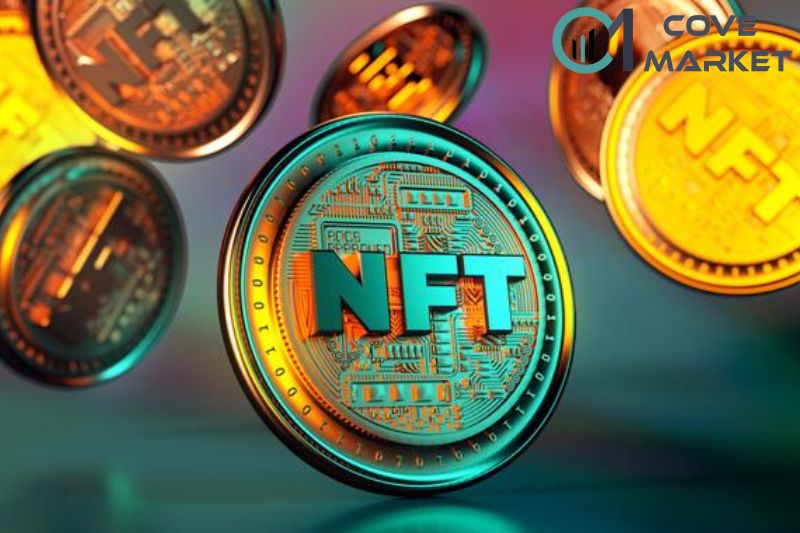
Is NFT a Good Investment?
NFTs can be a good investment for a number of reasons. First, they are a way to invest in digital assets that are not subject to the same volatility as traditional markets.
Second, NFTs can be a way to hedge against inflation. Third, NFTs can be used to create a passive income stream. However, only time will tell whether or not NFTs are a good investment.
How to Create a NFT? (nêu ngắn gọn các bước)
There are a few steps you may take to create an NFT. You may make any form of digital file, such as a GIF, image, music file, social link, and so on. In this digitally transforming world, anything and everything can be transformed digitally. Here, NFT is a creation of a unique token that can be reproduced again and again, but the original version will be securely stored because of blockchain technology.
To begin, select your item.
Design your art and create your NFT. Also, it is important to create something unique. You can accomplish this by digitally drawing and uploading the file to an NFT exchange platform. Anyone can buy and sell NFTs online. You can create a set of NTFs to use as collectible cards.
In addition, keep some Ether
Having Ether or another exchangeable cryptocurrency on hand to purchase and create the non-fungible token. You mostly needed Ether (ETH) tokens because the Ethereum Blockchain platform is the most popular marketplace for NFT.
Then, select a marketplace.
Once you’ve designed your NFT and have Ether on hand, you can go to the NFT Marketplace and mint your art; there are various venues where you may quickly advertise your NFT.
Some of the Common and most used NFT marketplaces are:
- OpenSea
- Rarible
- Mintable
- NFTically
- MetaMask
Note: Before investing your time and money into NFT, it is important to consider all the possibilities and proper knowledge about the NFT in the Ethereum Blockchain ecosystem.
To gain extensive knowledge, you can checkout Certified NFT Expert at Blockchain council.
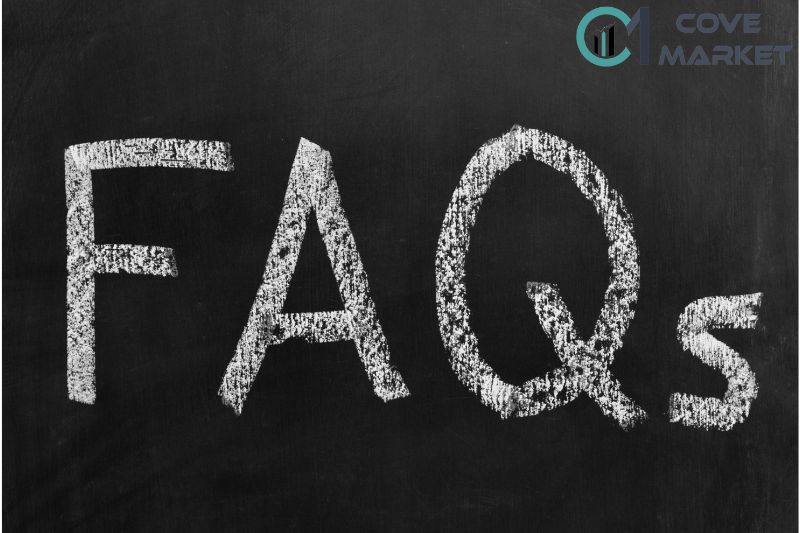
FAQs
Why are NFTs so popular?
NFTs are popular because they offer a unique and immutable way to represent digital assets. Unlike traditional fiat currencies, NFTs cannot be duplicated or counterfeited, which makes them ideal for use in digital transactions.
NFTs also offer a level of transparency that is not possible with fiat currencies, as all transactions involving NFTs are recorded on a public blockchain.
What Does Non-Fungible Mean?
Non-fungible tokens are cryptographic assets on a blockchain with unique identification codes and metadata that distinguish them from each other. NFTs (non-fungible tokens) are unique cryptographic tokens that exist on a blockchain and cannot be replicated.
Unlike cryptocurrencies, they cannot be traded or exchanged at equivalency. This differs from fungible tokens like cryptocurrencies, which are identical to each other and, therefore, can serve as a medium for commercial transactions.
Are NFTs Safe?
NFTs are safe in the sense that they can’t be hacked or stolen in the same way that other digital assets can. However, there is always the risk that an NFT could be lost or destroyed.
What are the most expensive NFTs?
The most expensive NFTs are those that have been sold for the highest prices. The record for the most expensive NFT sale is held by the digital artwork “Everydays: The First 5,000 Days” by the artist Beeple, which sold for $69 million at Christie’s auction house in March 2021. Other expensive NFT sales include the virtual world “Decentraland” ($35 million), the video game “CryptoKitties” ($12 million), and the digital art collection “Nyan Cat” ($5.2 million).
What are Non-Fungible Tokens used for?
Non-fungible tokens are used to represent unique items on a blockchain. These items can be digital or physical, and they can be used for a variety of purposes, including ownership, authentication, and provenance. NFTs are often used to represent items such as art, collectibles, and in-game items.
What are the benefits and risks of NFTs?
The benefits of NFTs include the ability to easily and securely transfer ownership of digital assets, the ability to create unique and scarce digital assets, and the ability to trade or sell digital assets without the need for a central authority.
The risks of NFTs include the potential for fraud and the lack of regulatory oversight. Another risks are the potential for fraud and market manipulation, as well as the possibility that the underlying technology may not be able to scale.
Conclusion
If you’re considering investing in NFTs, it’s important to weigh the advantages and disadvantages carefully. NFTs offer unique benefits that can’t be found with other investments. On the other hand, there are also some risks associated with NFTs that you should be aware of.
Ultimately, whether or not NFTs are a good investment for you will depend on your individual circumstances and investment goals. So, be sure to do your research before investing in any NFTs.

